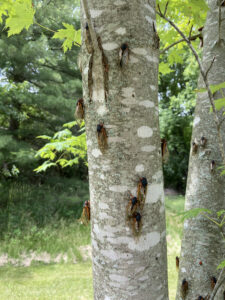By Art Kabelowsky, DNR Outreach and Communications, Fitchburg;
Arthur.Kabelowsky@wisconsin.gov or 608-335-0167

A closeup of an elm zigzag sawfly caterpillar consuming a leaf. The invasive insect, new to Wisconsin, was found on an elm tree near the Wisconsin Department of Natural Resources office in Oshkosh on July 16, 2024. / Photo Credit: Bill McNee, Wisconsin DNR
The invasive insect elm zigzag sawfly (Aproceros leucopada) has been detected in Wisconsin for the first time.
Following the initial Wisconsin discovery in Portage County on July 4. Through Aug. 12, the pest has since been detected in 17 Wisconsin counties. Continue reading “New Invasive Pest Discovered In Wisconsin”

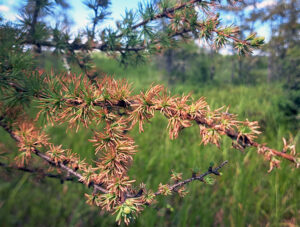
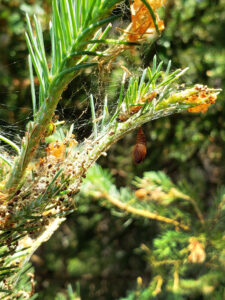
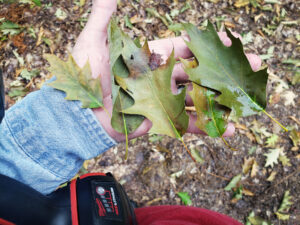
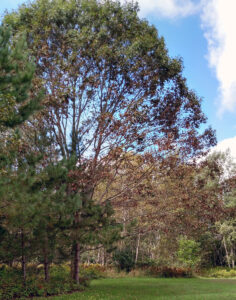
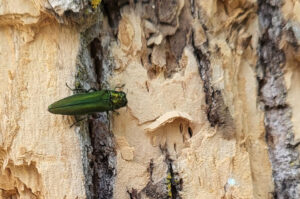
 Applications for funding through the
Applications for funding through the 
